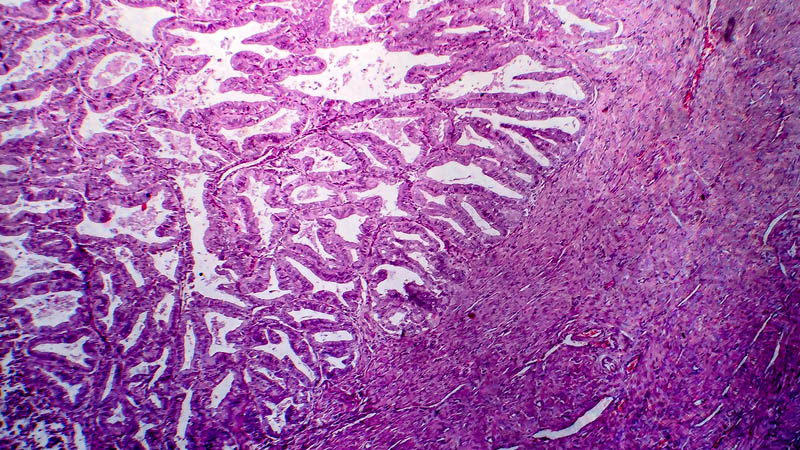Radiation-induced rectovaginal fistulas
Patrycja Wręczycka-Cegielny, Roman M. Herman
 Affiliacja i adres do korespondencji
Affiliacja i adres do korespondencjiBackground: Rectovaginal fistula (RVF) is a pathological channel lined with epithelium, located between rectum and vagina. RVFs account for about 5% of anorectal fistulas. Due to differences in etiology, location and diameter, no single algorithm of management of such conditions has been developed. Therefore, an individual approach in the diagnostic-therapeutic work-up is mandatory. A particular variant of RVF are fistulas developing as a sequel of radiotherapy of intrapelvic tumors, mainly of cervical, vaginal, rectal and anal origin. They usually appear within 2 years after termination of treatment, although there are documented cases developing even 20 years after termination of radiotherapy. In the Polish literature, the incidence of radiation-induced RVF is estimated at 0.2-2.0%, while in international publications this rate varies from 0.3 to 6%. It appears, however, that the true incidence of RVF may be considerably higher. Several techniques for the management of RVF have been described, using various approaches and of varying extent and complexity. Local techniques are used mostly in small and low fistulas, rarely in the case of medium-sized fistulas. High fistulas are treated using the transabdominal route. In the case of radiation-induced fistulas, the technique of choice is the one described by Parks. Aim of paper: Our purpose is to provide a systematic review of current concepts concerning causes, diagnosis and treatment of RVF, with particular emphasis of fistulas following radiotherapy for intrapelvic tumors. Conclusions: RVF constitutes an important clinical problem, significantly influencing the patient’s everyday life and compromising her quality of life. This is a very complex condition and only a multidisciplinary approach, including surgeon, gynecologist, oncologist and radiotherapist as well as representatives of other medical specialties, provides hopes for developing an effective therapeutic algorithm. Correct diagnosis of type of fistula, selection of most appropriate therapeutic method and careful surgical technique may contribute to a favorable outcome in about 80% of the cases.









